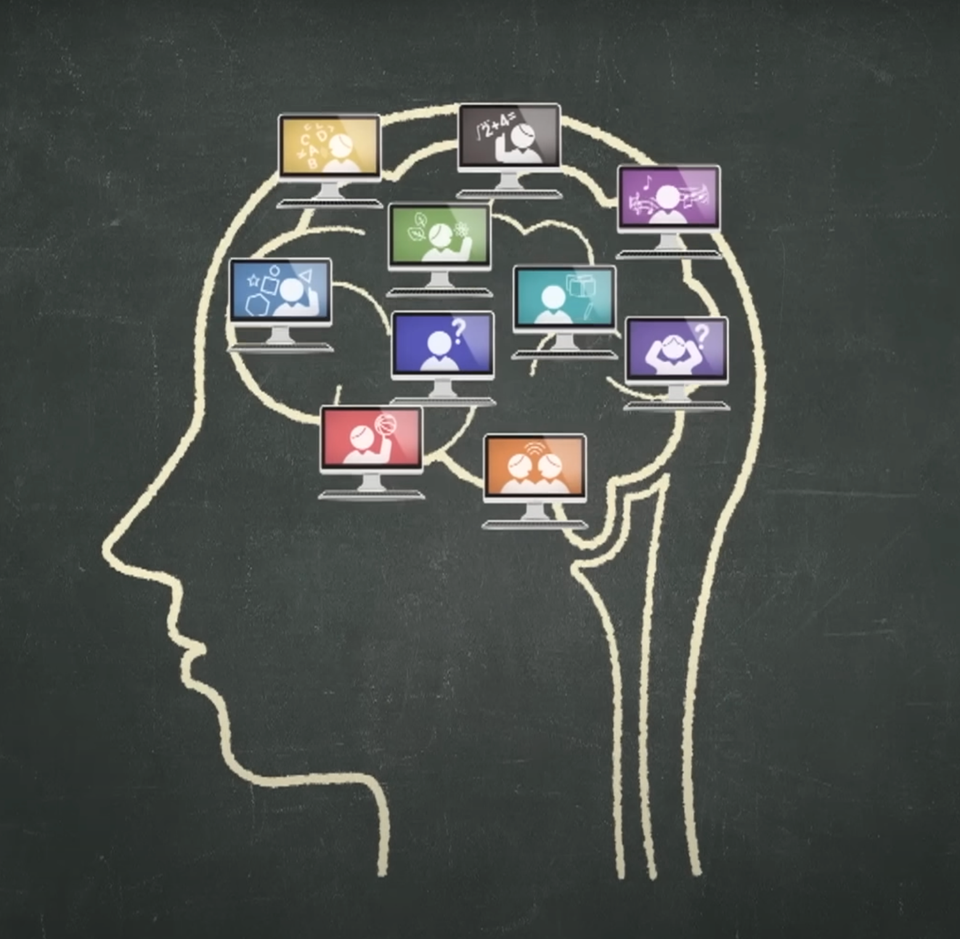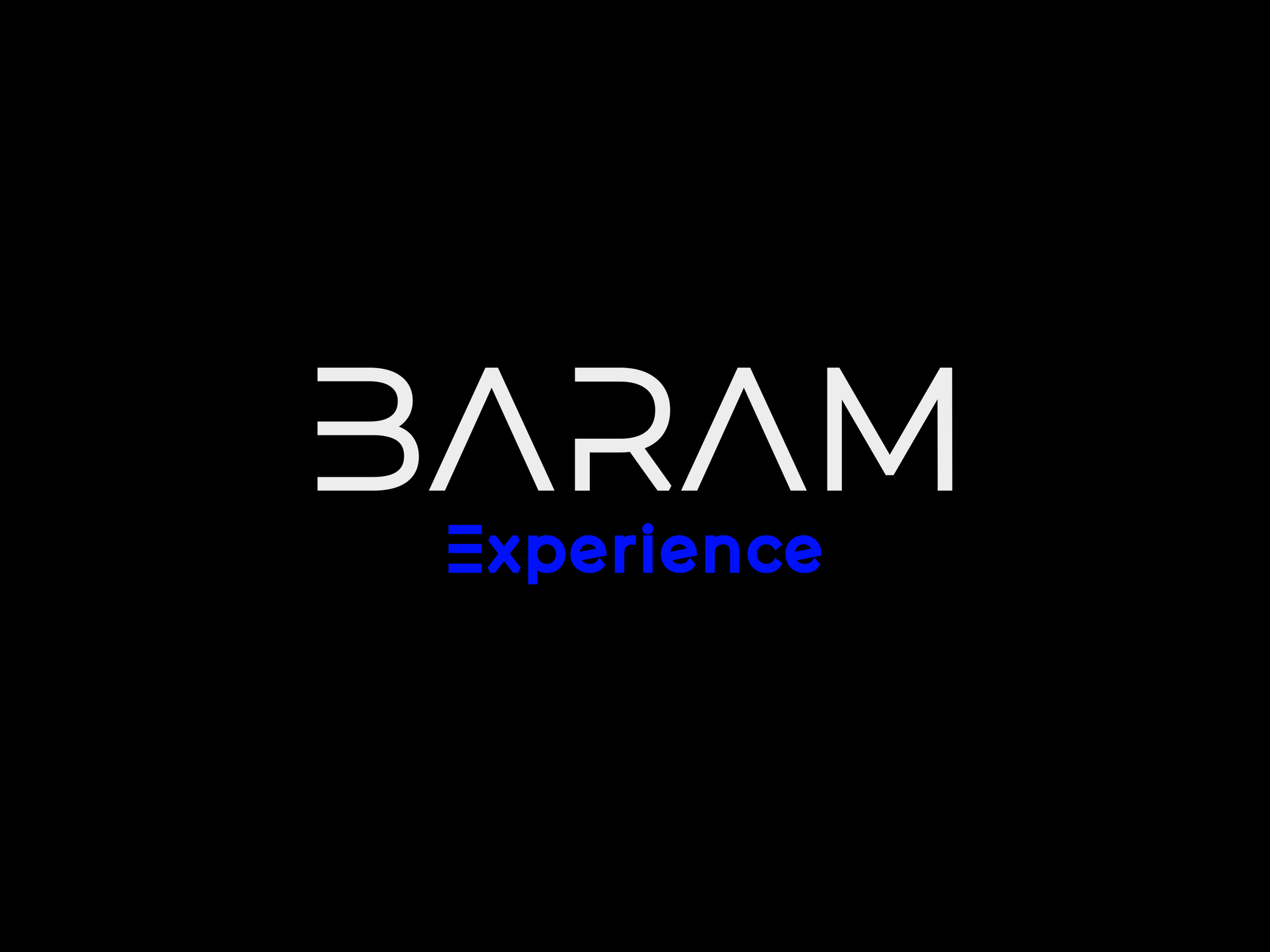하워드 가드너 Howard Gardner 다중 지능 이론과 네오 폴리매스의 삶
하워드 가드너는 “It’s not how smart you are, it’s how you are smart”라는 말로, 한 분야의 전문가도 결국 여러 지능의 조화로 성장한다고 강조했다. 그는 인간의 지능을 언어, 논리수학, 음악, 공간, 신체운동, 대인관계, 개인내적, 자연관찰, 실존적 지능으로 확장했으며, 이를 통해 각자의 재능을 존중하고 새로운 가능성을 여는 교육적 전환을 제시했다. 이러한 관점은 네오 폴리매스적 삶으로 이어지며, 서로 다른 지능의 결합이 새로운 질문과 해답을 만들어내어 깊이와 창의성을 발현시키는 원천이 된다.

